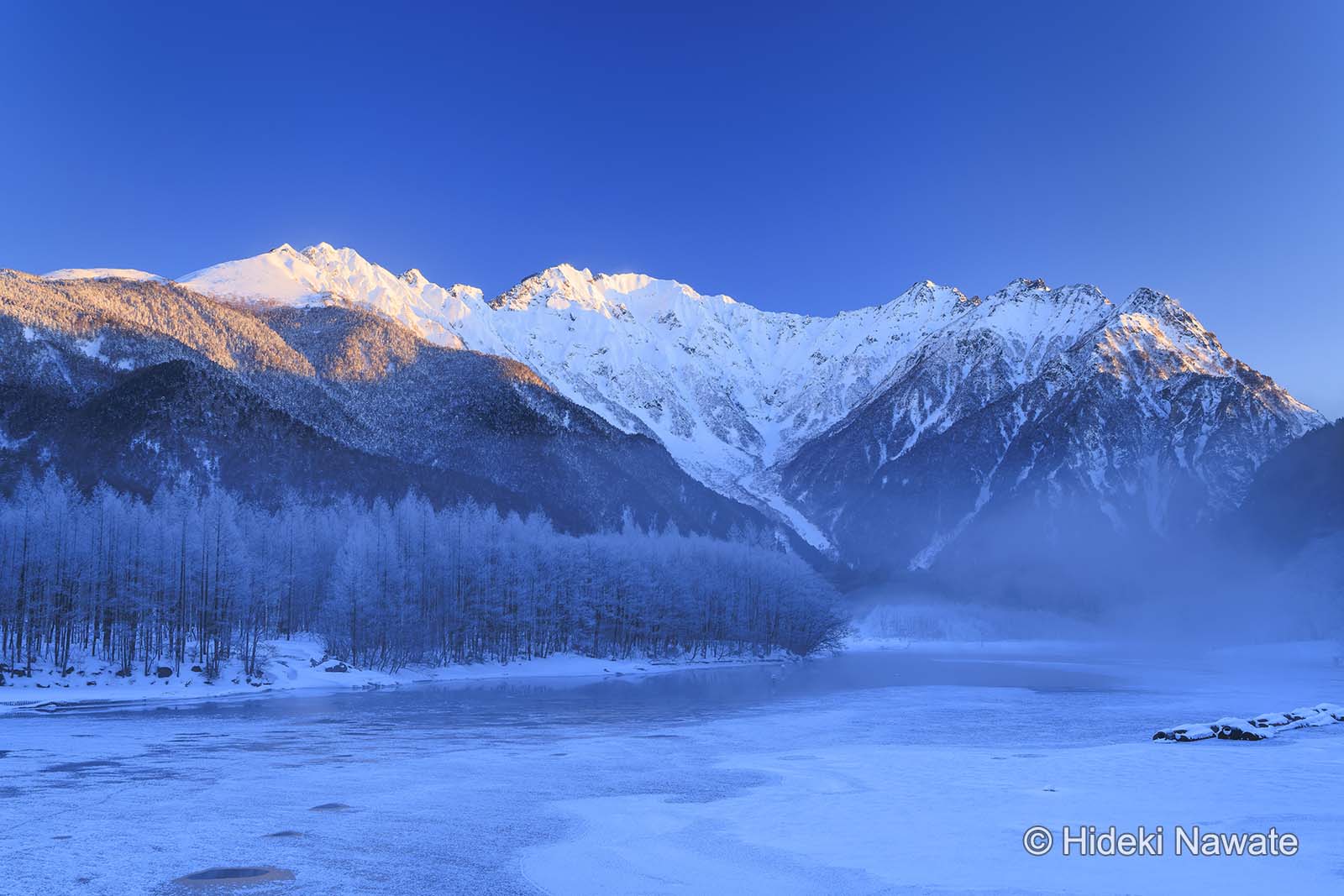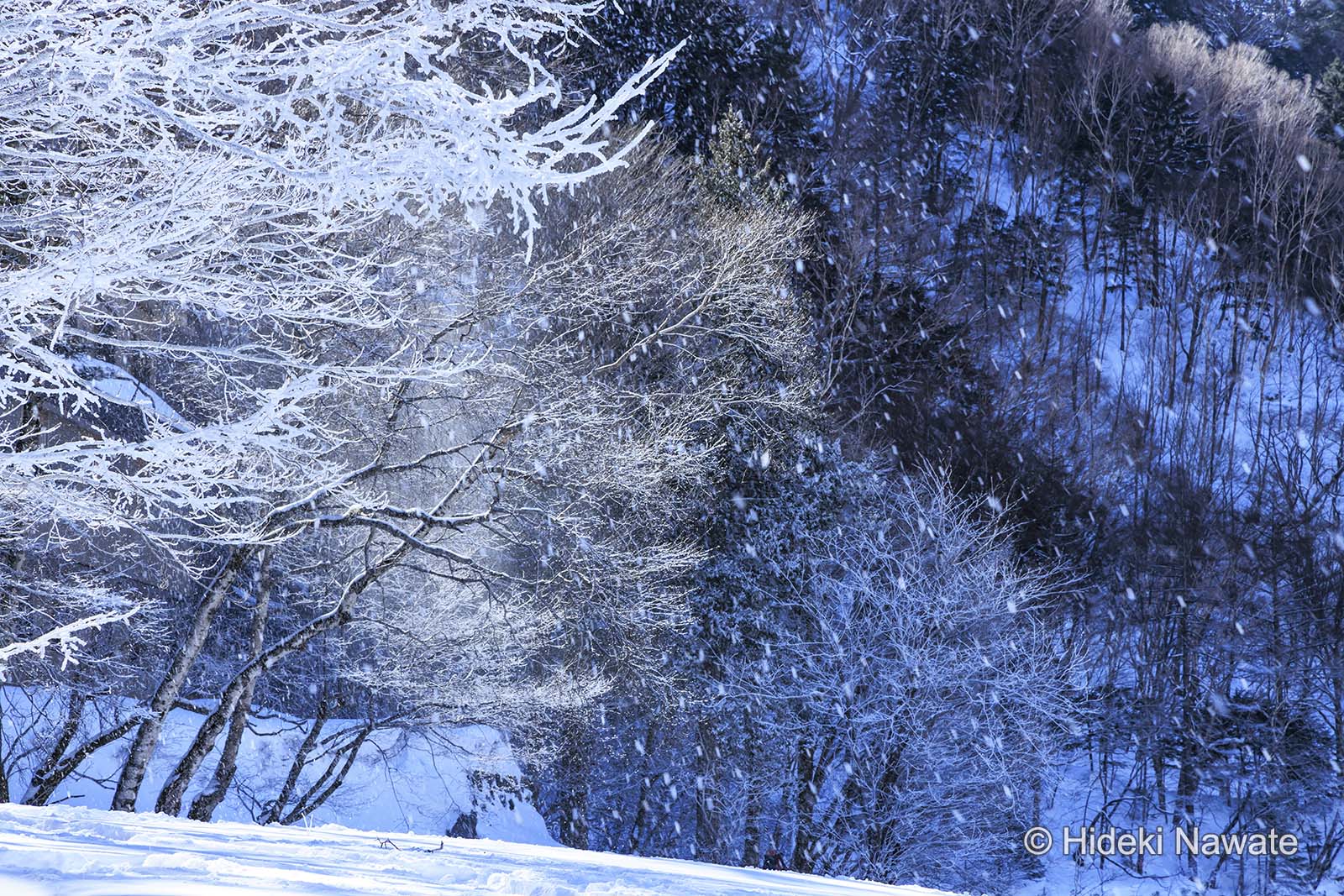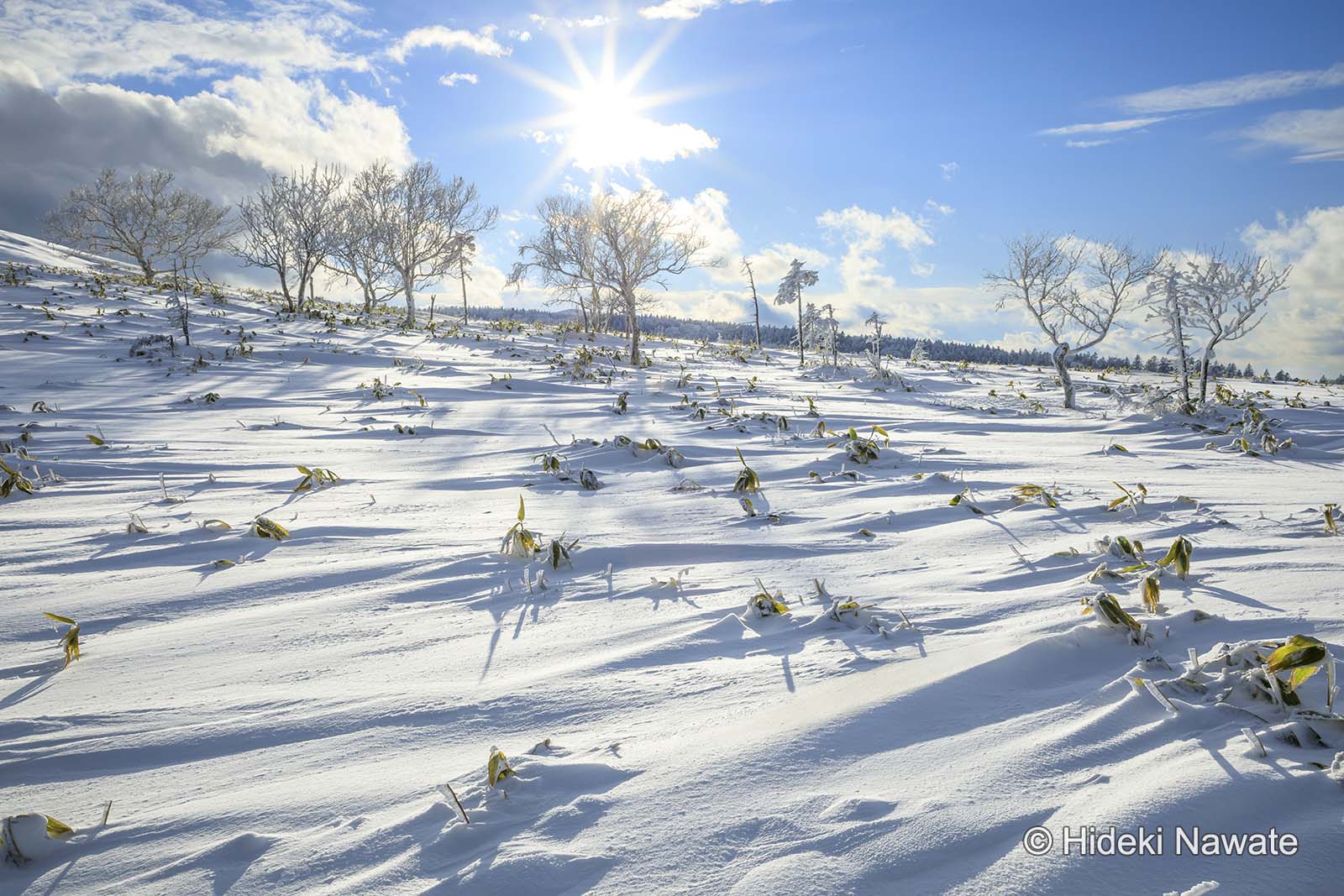Hideki Nawate | Markins Ball Head
Theme
Natural scenery
Photographer
Hideki Nawate
Date
January-February 2022
Location
Hokkaido, Yamagata, Saitama, Nagano
Device
Markins
Canon
EOS R5
RF14-35mm F4 L IS USM
RF24-105mm F4 L IS USM
RF100-400mm F5.6-8 IS USM
RF14-35mm F4 L IS USM
RF24-105mm F4 L IS USM
RF100-400mm F5.6-8 IS USM
velbon
NEO Carmagne 645
Review

Hideki Nawate
URL : nawatephoto.com
Born in Niigata Prefecture in 1965, currently living in Tokyo. After graduating from university, lived in Australia for a year and a half, traveling around the Australian continent on a motorbike and taking photographs. After returning to Japan, studied under landscape photographer Seiji Shimizu.
Became a freelancer and mainly photographed European nature and cityscapes. Currently focuses on photographing all over Japan by car or motorbike. Mainly provides works for calendars, posters, magazines, pamphlets, etc.
In 2012, was in charge of a landscape photography series for the monthly magazine Digital Camera Magazine for one year. In 2019, held a calendar-planned photo exhibition at J-POWER Electric Power Development. Has held many joint photo exhibitions of the Japan Landscape Photographers Association at Fuji Photo Salon and other venues.
Became a freelancer and mainly photographed European nature and cityscapes. Currently focuses on photographing all over Japan by car or motorbike. Mainly provides works for calendars, posters, magazines, pamphlets, etc.
In 2012, was in charge of a landscape photography series for the monthly magazine Digital Camera Magazine for one year. In 2019, held a calendar-planned photo exhibition at J-POWER Electric Power Development. Has held many joint photo exhibitions of the Japan Landscape Photographers Association at Fuji Photo Salon and other venues.
Member of the Japan Landscape Photographers Association (JSPA)
URL : nawatephoto.com

I recently switched to a mirrorless camera system. I knew it was lighter than a single-lens reflex camera, but when I actually used it, I realized that lightness is justice. This meant I could change to a lighter tripod, and I wanted to use a lighter head as well.
That's when Markins was the one I chose. I had been using other companies' products until now, but a photographer I know was using Markins, and I knew it was a good product, so I took this opportunity to buy a new head.
In the first place, when I changed from a large 4x5 camera to a 35mm camera and was using a 3-way head, it was that same photographer I know who recommended the ball head.
Unlike a large 4x5 camera, with a 35mm camera, I was impressed that with the ball head, I could hold the camera with my right hand and zoom up, down, left and right with my left hand, and get the picture right in one shot. It also holds it firmly in place.
Even after changing to Markins this time, the reliability of the ball head has not changed. Not only that, but the comfort has increased. Until now, I had been using a lever type, which required a certain amount of force to secure, but with Markins I chose the knob shoe type. This tightening feeling is comfortable, and I was able to secure it without turning it as many times as I thought it would. I think that whether it is a lever type or a knob type depends largely on personal preference, but the knob type seems to suit me.
And this time, I changed to a lightweight ball head after switching to a mirrorless camera, but even though the body has become lighter, I was worried about the stability when using a telephoto zoom. However, that was a completely unfounded worry.
The RF100-400mm F5.6-8 IS USM is designed so that the center of gravity is closer to the front, so it is a lens that does not use a tripod mount, but as the lens becomes quite long when extended to 400mm, I thought that there would be some problems with the operability of the ball head and blurring.
However, this Markins ball head Q3iTR-BK has a moderate torque and stops firmly. It's a ball head that feels good to shoot with.
Also, with the recent improvement of image stabilization functions, I shoot handheld when I take sudden photos during the day, but when I have time, I try to use a tripod even if it takes a little longer.
This is because the task of releasing the shutter while paying attention to the horizontality of the four corners of the screen, as well as camera shake, is surprisingly time-consuming and requires a lot of care.
Furthermore, if you change the exposure and take multiple photos, you have to check them after each shot, which ends up wasting time. If you use a tripod from the beginning and decide the horizontality of the four corners of the screen, you can reduce the time it takes to check the image without worrying about camera shake, so it's easier mentally and doesn't make a difference in time.
As a photographer, a tripod and a head are essential for taking pictures of the landscape. The head must be of a quality that shortens the time to approach the subject and does not cause camera shake, and the Markins ball head is a tool that satisfies these requirements and can be used with confidence.
Finally, when I travel all over Japan and face the natural landscape that changes year by year, I can't help but hope that the beautiful scenery will continue forever. Compared to overseas, Japan has four distinct seasons and a sharp contrast, so I would like to continue photographing the beautiful scenery forever.
That's when Markins was the one I chose. I had been using other companies' products until now, but a photographer I know was using Markins, and I knew it was a good product, so I took this opportunity to buy a new head.
In the first place, when I changed from a large 4x5 camera to a 35mm camera and was using a 3-way head, it was that same photographer I know who recommended the ball head.
Unlike a large 4x5 camera, with a 35mm camera, I was impressed that with the ball head, I could hold the camera with my right hand and zoom up, down, left and right with my left hand, and get the picture right in one shot. It also holds it firmly in place.
Even after changing to Markins this time, the reliability of the ball head has not changed. Not only that, but the comfort has increased. Until now, I had been using a lever type, which required a certain amount of force to secure, but with Markins I chose the knob shoe type. This tightening feeling is comfortable, and I was able to secure it without turning it as many times as I thought it would. I think that whether it is a lever type or a knob type depends largely on personal preference, but the knob type seems to suit me.
And this time, I changed to a lightweight ball head after switching to a mirrorless camera, but even though the body has become lighter, I was worried about the stability when using a telephoto zoom. However, that was a completely unfounded worry.
The RF100-400mm F5.6-8 IS USM is designed so that the center of gravity is closer to the front, so it is a lens that does not use a tripod mount, but as the lens becomes quite long when extended to 400mm, I thought that there would be some problems with the operability of the ball head and blurring.
However, this Markins ball head Q3iTR-BK has a moderate torque and stops firmly. It's a ball head that feels good to shoot with.
Also, with the recent improvement of image stabilization functions, I shoot handheld when I take sudden photos during the day, but when I have time, I try to use a tripod even if it takes a little longer.
This is because the task of releasing the shutter while paying attention to the horizontality of the four corners of the screen, as well as camera shake, is surprisingly time-consuming and requires a lot of care.
Furthermore, if you change the exposure and take multiple photos, you have to check them after each shot, which ends up wasting time. If you use a tripod from the beginning and decide the horizontality of the four corners of the screen, you can reduce the time it takes to check the image without worrying about camera shake, so it's easier mentally and doesn't make a difference in time.
As a photographer, a tripod and a head are essential for taking pictures of the landscape. The head must be of a quality that shortens the time to approach the subject and does not cause camera shake, and the Markins ball head is a tool that satisfies these requirements and can be used with confidence.
Finally, when I travel all over Japan and face the natural landscape that changes year by year, I can't help but hope that the beautiful scenery will continue forever. Compared to overseas, Japan has four distinct seasons and a sharp contrast, so I would like to continue photographing the beautiful scenery forever.

■ Start of the day
CANON EOS R5 / RF24-105mm F4 L IS USMF11 1/3s ISO-100

■ Ice Dance
CANON EOS R5 / RF100-400mm F5.6-8 IS USMF11 1/125s ISO-800 +0.7EV

■ Icefall
CANON EOS R5 / RF14-35mm F4 L IS USMF11 1/250s ISO-100 +0.7EV

■ The Art of Frozen
CANON EOS R5 / RF14-35mm F4 L IS USMF11 1/2s ISO-100 +0.3EV

■ Kumazasa appears
CANON EOS R5 / RF24-105mm F4 L IS USMF16 1/200s ISO-100 +1EV








